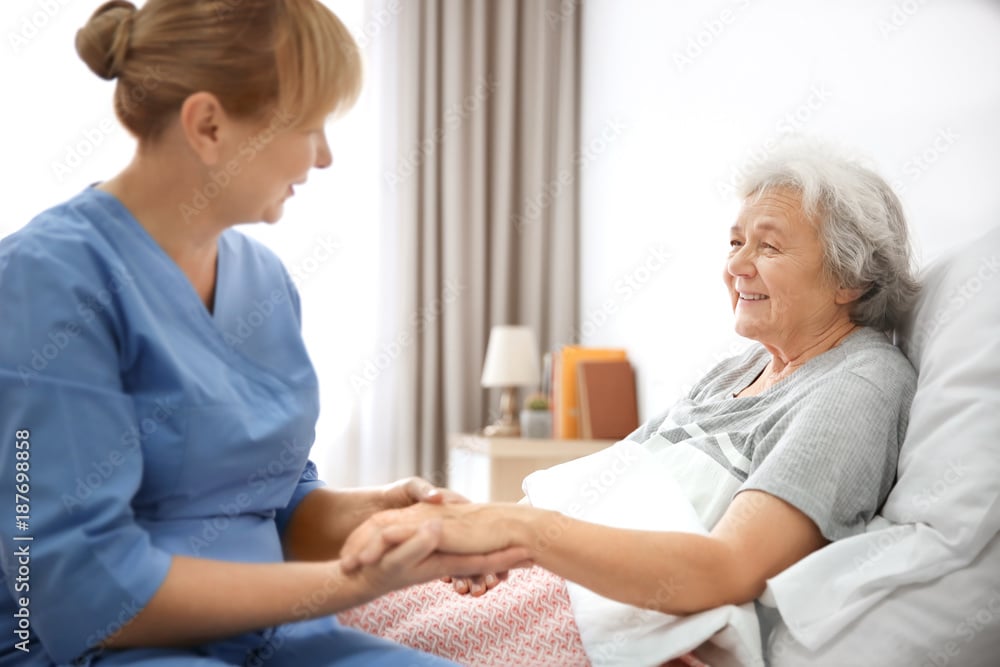Learn how to effectively prevent falls in care homes in the UK with our handy guide.
Implementing safety measures
Implementing safety measures is crucial in preventing falls in care homes. This includes ensuring that the environment is free from hazards, such as cluttered walkways and loose rugs. Regular maintenance and repairs should be conducted to address any potential safety issues.
In addition, proper lighting should be installed throughout the care home to improve visibility, especially during nighttime. Handrails should be available in hallways and staircases to provide support and stability. Regular housekeeping practices should also be implemented to keep the floors clean and dry, reducing the risk of slips and falls.
Promoting physical activity and mobility
Physical activity and mobility play a crucial role in preventing falls among care home residents. Regular exercise can help improve strength, balance, and coordination, reducing the risk of falls. Care homes should provide opportunities for residents to engage in physical activities that are appropriate for their abilities and preferences.
This can include group exercise classes, walking programs, and individualised exercise plans. It is important to involve residents in the planning and decision-making process to ensure that the activities are enjoyable and motivating. Additionally, mobility aids such as walkers or canes should be provided to residents who require them to safely move around.
Educating staff and residents
Proper education is essential for both staff and residents to effectively prevent falls in care homes. Staff should receive training on fall prevention strategies, including how to properly assist residents with mobility, identify and address hazards, and respond to falls. They should also be educated on the importance of prompt reporting and documentation of falls.
Residents should be provided with information on fall prevention, including the importance of using assistive devices, maintaining physical activity, and reporting any changes in their health or mobility. Care homes can conduct educational sessions and distribute informational materials to ensure that residents are well-informed.
Creating a falls prevention plan
To ensure a comprehensive approach to falls prevention, care homes should create a falls prevention plan. This plan should include a thorough assessment of each resident's risk factors, as well as the specific strategies and interventions to be implemented. It should also outline the responsibilities of staff members and provide guidelines for monitoring and evaluating the effectiveness of the prevention measures.
To effectively prevent falls in care homes, it is crucial to have a good understanding of the risk factors associated with falls. Some common risk factors include poor balance and gait, muscle weakness, vision problems, medication side effects, and environmental hazards. By identifying these risk factors, care home staff can implement targeted interventions to reduce the likelihood of falls.
Regular review and updates of the falls prevention plan are necessary to adapt to the changing needs of the residents. By having a well-defined plan in place, care homes can effectively prevent falls and ensure the safety and well-being of their residents.
Utilising the correct fall prevention equipment
Falls can have serious consequences for elderly individuals, particularly those residing in care homes. One of the key strategies for preventing falls is to ensure that the correct fall prevention equipment is utilized. This includes items such as grab bars, handrails, and non-slip mats. These equipment provide support and stability, making it easier for residents to move around safely.
In addition to these basic equipment, care homes should also consider using bed and chair alarms. These alarms alert the staff when a resident attempts to get up unassisted, allowing for immediate assistance. It is important to regularly assess and update the fall prevention equipment to ensure that they are in good working condition and meet the specific needs of the residents. View our range of fall prevention products in our catalogue on page 126.
